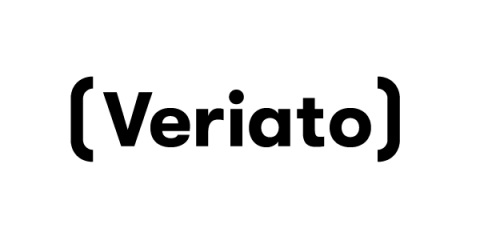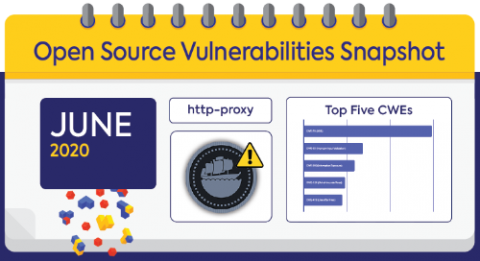Final Version of NIST SP 1800-23 Guides Identification of Threats to OT Assets
In September 2019, the National Cybersecurity Center of Excellence (NCCoE) at the National Institute of Standards and Technology (NIST) announced the release of a draft practice guide entitled, “NIST Special Publication (SP) 1800-23: Energy Sector Asset Management.” The NCCoE spent the next two months collecting comments from the public to improve their guide. They then used this feedback to improve upon their initial draft. But the wait is finally over.











